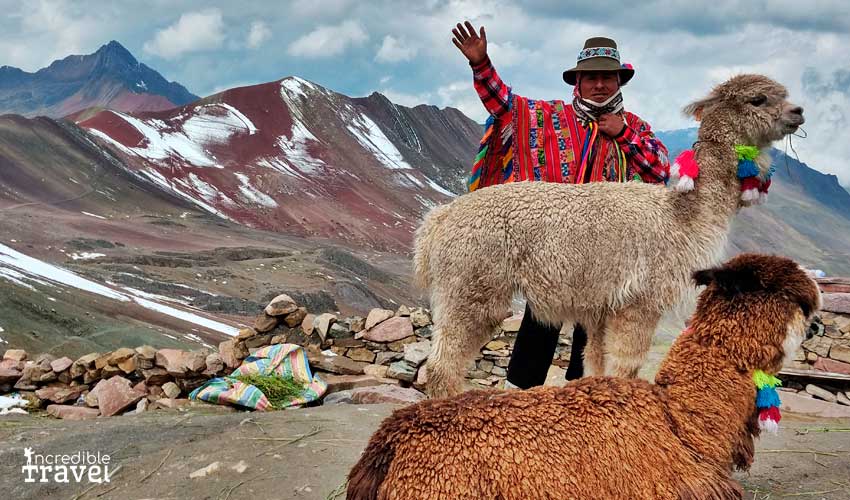According to the 1993 census, there were 3 177 938 people in Peru – 16.46% of the population – who had Quechua as their mother tongue, of which 1,535,324 were men and 1,642,614 were women. If we take into account only the rural population (5 566 717 inhabitants), the percentage of Quechua speakers doubles (32.02%), which reveals the extraordinary importance that this language has in Peru.
Also known as the runa simi “language of men”, it seems to have had as its initial point of diffusion the central coast of Peru, from which it began a process of displacement and expansion that when the Spanish arrived was about 2 000 years duration. Such a long career is the one that explains the number of varieties that it has given rise to and that have generated the discussion in terms of whether there are one or more languages under the Quechua name.
The prominent linguist Gustavo Solís sums up the question as follows: “the idea of considering Quechua as a language family is quite general. The problem of which are the languages that make up this family is more difficult to face, although it is common to speak of certain regional varieties as if they were of the language level. Thus we have as if they were languages, Wanka (Junín), Ancashino, Cuzco, etc. (which are regions within the Peruvian territory).
What is generally accepted is that these varieties can be grouped into two subfamilies: that of central Quechua and that of northern-southern Peru. The first seems to be the oldest and its difference with the other means that, in extreme cases, the speakers cannot understand each other.
From its initial point, Quechua spread north and south, but its great spread began when it reached the Cusco region and the Incas adopted it as the language of their empire. The arrival of the Europeans did not reduce its spread, because, paradoxically, while its already won territories began to suffer from the Spanish competition, it was also projected into new territories by the work of the Spanish missionaries who used it, during the 16th centuries. and XVII and which, in addition, gave it the name of Quechua, which was previously called to the inhabitants of the inter-Andean valleys, such as those of Cusco or Cajamarca as a lingua franca in their task of catechizing the indigenous peoples. Later it began its decline, both geographically and in the number of its speakers, which continues today.
Quechua is a suffixing binding language, that is, its words are formed with a series of particles that add meanings to the nucleus.
Although it has a different structure from Spanish, contact with this language has resulted in mutual influences. Not only has Quechua taken many loans from Spanish, but the latter language has received words from the former such as “zapallo”, “cancha”, “chacra”, among others, which have been incorporated into Spanish from other latitudes. In Peru, in addition, Quechua has formed an Andean Spanish, which is increasingly spread in the cities by the influence of migrants and which is characterized not only by the use of words from that language, but also by syntactic uses that are not necessarily incorrect in standard Spanish, such as the prefix of the complement “Un vivo eres”, instead of “Eres un vivo”, as well as peculiarities of pronunciation and others.
Oral language before the Spanish conquest, Quechua began to be written during the Colony. Other notable works include Ollantay, by an anonymous author, and the prodigal son of Juan Espinosa Medrano, El Lunarejo.
At present, although literacy has spread widely among Quechua speakers, there are still few works that are written in run simi “the language of men”, so this work should be encouraged.

